
Python无监督学习实战(影印版)(英文版)9787564188283
正版图书,可开发票,请放心购买。
¥ 82.94 7.4折 ¥ 112 全新
仅1件
广东广州
认证卖家担保交易快速发货售后保障
作者(美)安科尔·A.帕特尔|责编:张烨
出版社东南大学
ISBN9787564188283
出版时间2020-05
装帧平装
开本其他
定价112元
货号30865492
上书时间2024-11-29
- 店主推荐
- 最新上架
商品详情
- 品相描述:全新
- 商品描述
-
目录
reface
Part Ⅰ Fundamentals of Unsupervised Learning
1. Unsupervised Learning in the Machine Learning Ecosystem
Basic Machine Learning Terminology
Rules-Based vs. Machine Learning
Supervised vs. Unsupervised
The Strengths and Weaknesses of Supervised Learning
The Strengths and Weaknesses of Unsupervised Learning
Using Unsupervised Learning to Improve Machine Learning Solutions
A Closer Look at Supervised Algorithms
Linear Methods
Neighborhood-Based Methods
Tree-Based Methods
Support Vector Machines
Neural Networks
A Closer Look at Unsupervised Algorithms
Dimensionality Reduction
Clustering
Feature Extraction
Unsupervised Deep Learning
Sequential Data Problems Using Unsupervised Learning
Reinforcement Learning Using Unsupervised Learning
Semisupervised Learning
Successful Applications of Unsupervised Learning
Anomaly Detection
2. End-to-End Machine Learning Project
Environment Setup
Version Control: Git
Clone the Hands-On Unsupervised Learning Git Repository
Scientific Libraries: Anaconda Distribution of Python
Neural Networks: TensorFlow and Keras
Gradient Boosting, Version One: XGBoost
Gradient Boosting, Version Two: LightGBM
Clustering Algorithms
Interactive Computing Environment: Jupyter Notebook
Overview of the Data
Data Preparation
Data Acquisition
Data Exploration
Generate Feature Matrix and Labels Array
Feature Engineering and Feature Selection
Data Visualization
Model Preparation
Split into Training and Test Sets
Select Cost Function
Create k-Fold Cross-Validation Sets
Machine Learning Models (Part I)
Model #1: Logistic Regression
Evaluation Metrics
Confusion Matrix
内容摘要
许多行业专家都认为无监督学习是人工智能的下一个前沿领域,可能是通用人工智能的关键。一方面,由于世界上大多数数据是无标签的,无法应用传统的有监督学习;另一方面,无监督学习可以应用于未标签的数据集,以发现数据中深藏的有意义模式,这些模式对于人类来说几乎不可能被发现。
作者AnkurA.Patel为你展示了如何使用两个简
单且可用于生产的Python框架实践无监督学习:Scikit-Learn和使用Keras的TensorFlow。通过代码
和实践示例,数据科学家可以识别数据中难以找到的模式并获得更深入的业务洞察,发现数据异常,执行自动特征工程和模型选择,以及生成合成数据集。你只需要一些Python编程和机器学习经验就可以开始阅读这本书了。
·比较不同机器学习方法的优缺点:监督学习、
无监督学习和强化学习·建立和管理端到端的机器学习项目·建立一个异常检测系统以查出信用卡欺诈行为·将用户分组为不同的同质组·执行半监督学习·使用受限玻尔兹曼机开发电影推荐系统
·使用生成对抗网络来生成合成图像
— 没有更多了 —


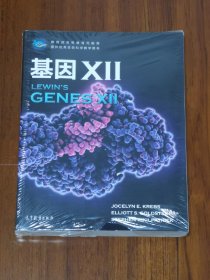
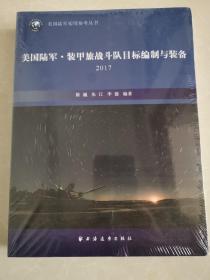
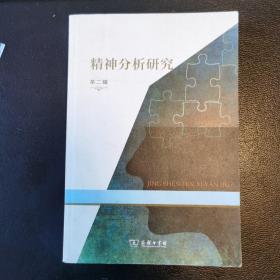

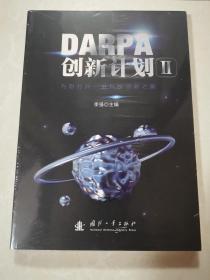


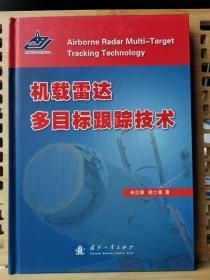
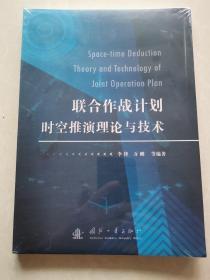










以下为对购买帮助不大的评价